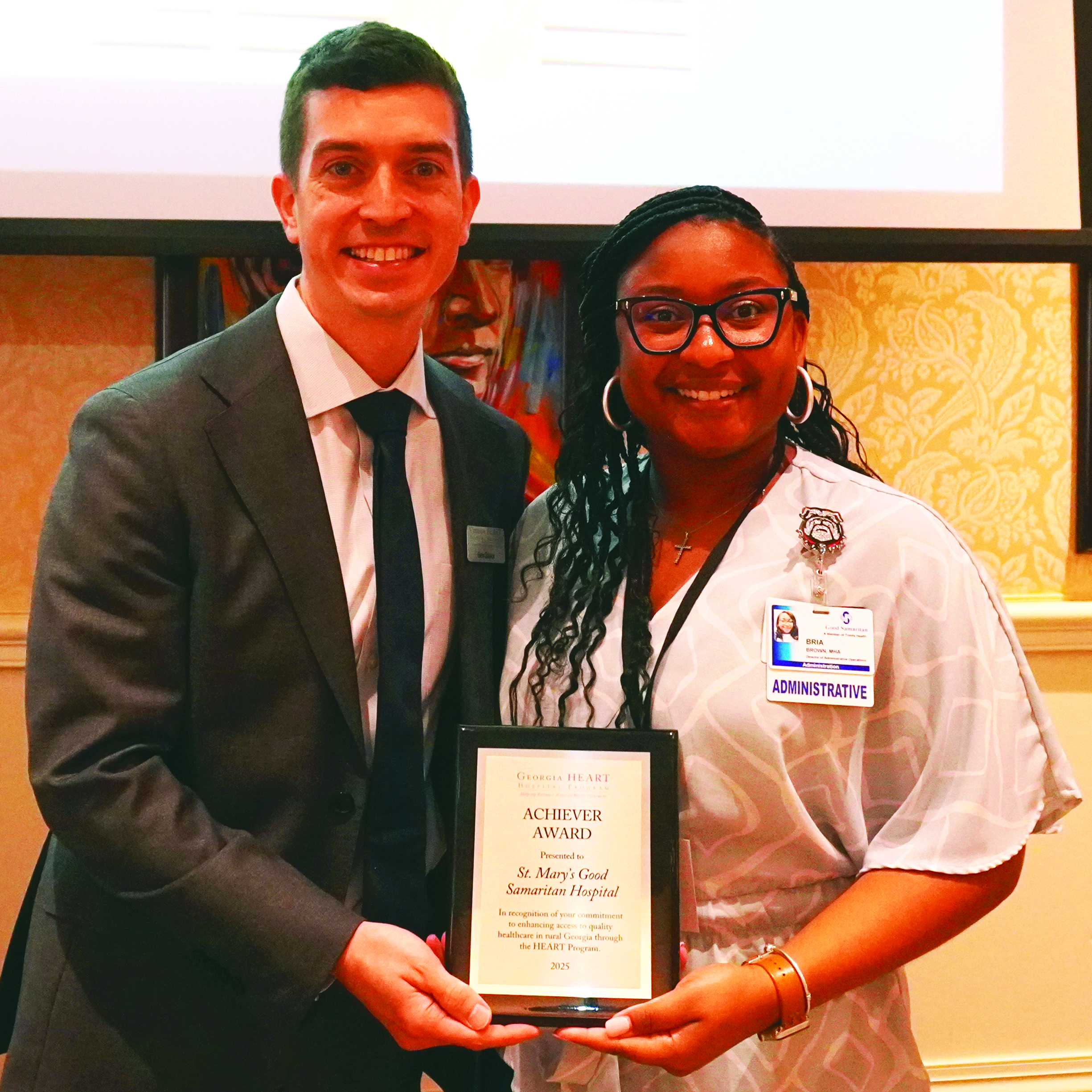Why frankincense and myrrh?
Published 8:00 am Thursday, December 24, 2015
As we get ready to celebrate Christmas, we focus on the giving of gifts and think back to the three wise men who brought gifts to the baby Jesus — gifts of gold, frankincense and myrrh. Certainly we can understand gold being given as a gift, but why frankincense and myrrh? Why did the wise men give a gift of essential oils?
Essential oils are highly concentrated oils extracted from the leaf, flower, root, seed, fruit, bark and resin of plants. Essential oils are 75 to 100 times more concentrated than dried herbs, and contain the most protective and healing part of the plant. In biblical times, frankincense and myrrh were highly valued essential oils that were commonly traded and used by those in North Africa, the Middle East and Egypt.
Hundreds of years before the wise men gave these oils as a gift to Christ, Hippocrates, a Greek physician credited with being the “father of medicine,” often used these oils in working with his patients. Because both frankincense and myrrh have analgesic, anti-inflammatory and antiseptic properties, these oils were used for many conditions including toothaches, leprosy, indigestion, chronic coughs, hemorrhoids and the healing of wounds and sores. Many ancient civilizations also used these substances for perfumes, embalming fluid and even facial treatments.
Frankincense is an aromatic resin from the Boswellia tree and, in ancient days, was valued more than gold. Besides being a component of the incense used in the sacred temples of Jerusalem, frankincense was used to treat many different ailments. Today, frankincense is still used to help reduce inflammation. It has also been shown to improve immune function, help fight infections and cleanse and detoxify the body. According to a study published in the Journal of Oncology, frankincense was able to shrink tumors and kill cancer cells. Other studies have shown frankincense may help in the treatment of Crohn’s disease, ulcerative colitis, asthma and anxiety.
Myrrh, one of Hippocrates favorite herbs, is referred to more than any other oil in the Bible. Myrrh was part of the holy anointing oil used by the priests. Queen Esther used myrrh in her beauty treatments in preparation for her marriage to the king, and King David referred to myrrh as “the oil of gladness.” Today, myrrh is used as an antiseptic in toothpastes and mouthwashes, as well as in salves and lotions to help heal sprains, abrasions, bruises, arthritis and other aches and pains. Myrrh can be helpful in treating respiratory conditions such as coughs, lung congestion and asthma. Additionally, myrrh has also proven helpful in the treatment of indigestion and ulcers.
Myrrh has been the subject of several clinical studies over the last two decades and has shown promising results in helping with pain relief and lowering cholesterol. Like frankincense, myrrh has been found to have anti-cancer properties. According to an article published in the Journal of Natural Products, a peer-reviewed journal of the American Chemical Society, there is an anti-cancer compound found in myrrh that kills cancer cells. The researchers stated this compound killed all the cancer cells in the laboratory dish and could be developed into a potent anti-cancer agent particularly helpful with breast and prostate cancer. There is much research that still needs to be done, but scientists are excited about the early results.
Two of the most common ways to use essential oils are topically and through the air, often referred to as aromatherapy. Both of these methods are very effective since the molecules of the oils are so small that they easily pass through the skin or the olfactory system into the blood stream where they can begin to protect and heal the body. After entering the blood stream, the essential oils are circulated to the tissues and organs in the body and then into the lymphatic system. The oils will typically last anywhere from 12 to 24 hours and will eventually be eliminated through normal body functions. When essential oils are combined with massage they can have a longer lasting effect, up to several days. (Many essential oils need to be combined with a carrier oil prior to applying directly to the skin, so be sure to consult a professional before applying any oil topically.)
A diffuser is commonly used in aromatherapy to get the essential oils into the air. Frankincense and cloves are two essential oils that can be diffused to help your immune system, protect you from getting colds, or to help you recover more quickly if you do catch a cold.
The use of essential oils is gaining in popularity because these oils have many therapeutic benefits with minimal side effects. However, essential oils are most beneficial when combined with healthy lifestyle habits including a diet high in vegetables, lean proteins, moderate amount of fruits and nuts along with consistent exercise and good sleep. Simply using essential oils to try and overcome poor habits will not have the same results.
The wise men gave the gifts of frankincense and myrrh, two powerful and highly valued essential oils in the days of Jesus. These two oils are still being used today because of their healing properties. There are hundreds of essential oils that can be used as a natural means of healing the body and promoting overall health. If you are interested in learning more about essential oils and would like to sign up for a class we will be doing early in 2016, please email me at pathwaysth@gmail.com.




